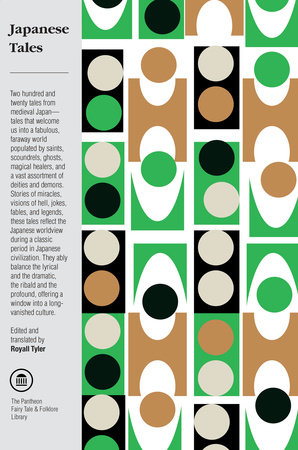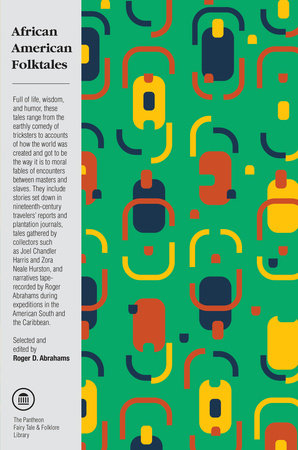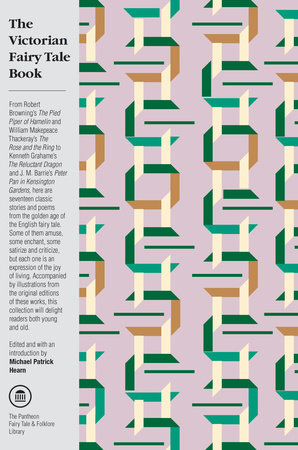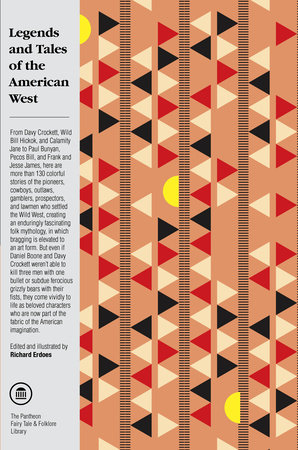Excerpt
Japanese Tales
35. THE INVINCIBLE PAIR In Sanuki province there still is a large body of water named Mano Pond that Kōbō Daishi made out of kindness toward the people who live nearby. It is so big, and the dikes around it are so high, that it looks more like a lake than a pond. Its deep waters harbor countless fish great and small, and at the bottom there once lived a dragon.
One day this dragon came out of the water to sun himself, and slithered around on an isolated section of the dike in the shape of a little snake. Just then the tengu of Mount Hira, far off in Ōmi province, flew over in the form of a kite. He dove at the little snake, caught him in his talons, and soared up again into the sky.
A dragon is, of course, immensely strong, but this one had been taken so suddenly that all he could do was hand in the tengu’s claws. The tengu for his part meant to crush the snake and eat him, but that turned out to be impossible since, after all, it was a mighty dragon he had seized and no weakling serpent. Not knowing quite what else to do, the tengu took the dragon back to his lair on Mount Hira and stuffed him into a hole in the rocks so small that the dragon could hardly move. The poor dragon was miserable. Not having a drop of water he could not fly away, and for several days he lay there waiting to die.
Meanwhile the tengu was planning a little foray to Mount Hiei to catch himself a nice fat monk. That night he perched in a tall tree and kept his eyes on the dormitory across the valley on the side of the hill. A monk came out on the veranda to relieve himself. When he picked up the water jar to wash his hands, the tengu pounced, seized him, and carried him off to Mount Hira, where he stuffed him into the hole with the dragon. The terrified monk thought he was done for, but the tengu went off again.
From out of the darkness a voice asked, “Who are you? Where did you come from?” The monk explained what had happened—so suddenly that he still had his water jar—and asked who had spoken. The dragon introduced himself and told his own story. “It’s very tight in this hile, you know,” he groaned, “but I can’t fly away because I haven’t a drop of water!”
“Maybe there’s some left in this jar,” suggested the monk.
“Oh, how wonderful! What luck you’re here! If there is, I can save us both. I’ll take you back home!”
With joyous anticipation the monk turned the jar upside down over the dragon and a drop of water fell out. The dragon was wet.
“All right,” said the dragon, “don’t be afraid. Just close your eyes and sit on my back. I’ll never forget what I owe you.”
The dragon turned into a small boy, took the monk on his back, smashed the rock walls of their hole, and burst forth amid thunderclaps and bolts of lightning. Huge clouds gathered in the sky and heavy rain fell. The monk was frightened but trusted the dragon enough to hang on. He was deposited instantly right where he had started, on the veranda of his dormitory on Mount Hiei. The dragon flew off.
With all the crashing and roaring, the other residents of the dormitory were sure that any second a bolt would destroy them. Then suddenly the thunder stopped and blackness fell. When the sky cleared, they discovered their colleague who had vanished the other night, and he answered their astonished questions by telling them his story.
The dragon pursued the tengu everywhere in search of revenge. At last when the tengu was cruising the streets of the Capital, disguised as a warrior-monk soliciting donations for his temple, the dragon swooped down and killed him with one blow. Suddenly the tengu was a kestrel with a broken wing, and he was trampled underfoot by the passersby.
On Mount Hiei the monk repaid his debt by reading the sutras faithfully on behalf of his friend the dragon. Each had saved the other’s life—surely the result of a deep karmic bond between them in lives gone by.














